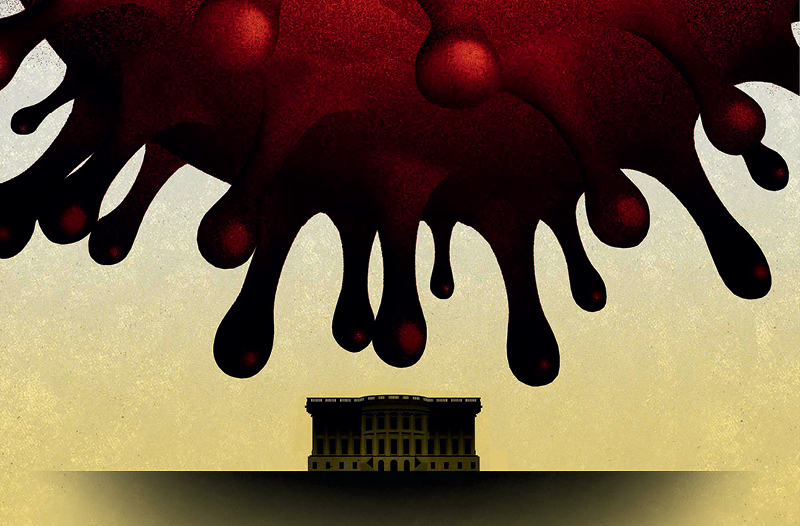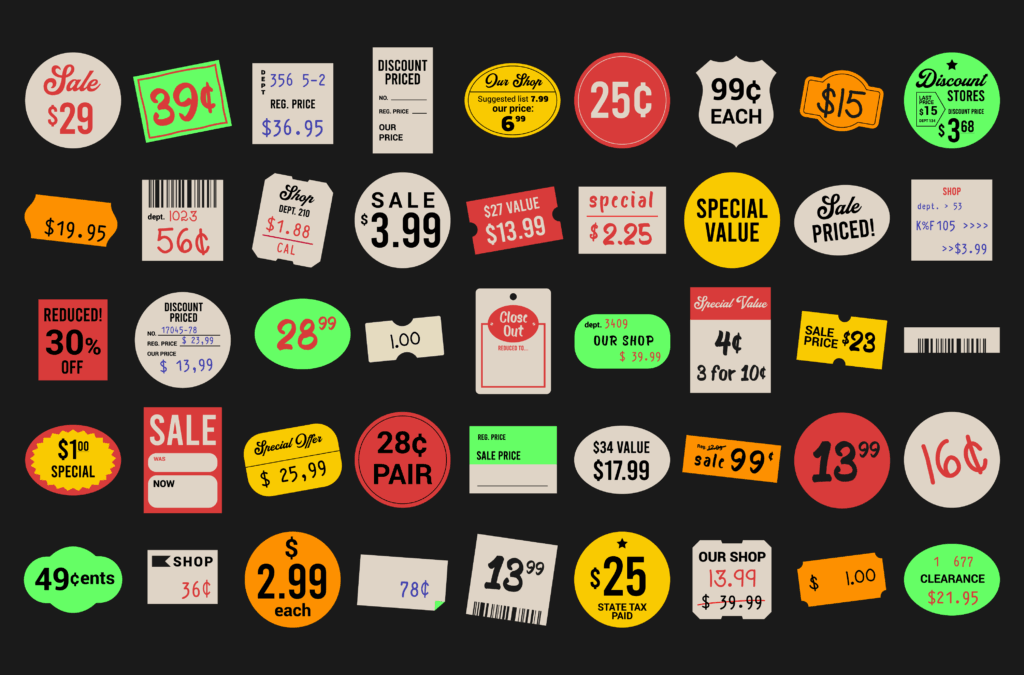
Will COVID-19 Change Voluntary Benefits?

Financial stability is top of mind for Americans right now. This global pandemic crashed the stock market, brought the economy to a grinding halt, drastically altered travel, and forced the majority of people into their homes for a long time. Congress, the Trump administration and employers around the country have struggled to produce the financial means needed to support employees as businesses shutter. Leader’s Edge caught up with Jamie Kalamarides to get his take on the role of voluntary products during the onset of COVID-19, how employers have responded, and where this outbreak has exposed gaps in coverage.
Well, it’s been a positive surprise. Some of our larger customers have called in and immediately asked if they could adjust their self-insured policies to cover paid sick leave and quarantine leave. They want to step up and be supportive. Smaller employers, too, want to understand what their obligations are and how to help in light of these stimulus packages out of Congress.
Employers overall understand the need for financial wellness. And now it’s even more than a social contract [between employers and employees]; it’s about the employer role as an institution. The Edelman Trust Barometer survey found that employers are the most trusted institutions, and that becomes even more apparent during times of stress. People trust them more than not-for-profits, more than financial services as a general category, and more than the government. The employee looks to their employer for information because they know their employer watches out for them and has the existing infrastructure to help, especially large employers.
There hasn’t been a shift in how employers are changing their benefits offerings, but there has been huge interest in the three federal bills that have been passed as well as state specific regulations that would impact an employer’s ability to offer benefits. They want to be able to navigate those compliance issues while also asking questions about the next enrollment season. They’re starting to ask about voluntary benefits, about critical illness, hospital indemnity. They’re wondering how many people are taking up the optional life insurance offering.
There has also been an enormous, heightened interest in enrolling in disability and life plans. If COVID-19 turns into a seasonal virus, people are going to want to insure that risk moving forward.
The CARES Act did two big things [for retirement plans]: one was the overall $2 trillion economic stimulus, and the other was the relaxed hardship withdrawal policy for 401(k)s. That’s a helpful solution for Americans who are experiencing economic stress right now.
But it [taking a hardship withdrawal] should be a last resort. If people have to tap into their 401(k) accounts, they have to sell assets when they’re at their lowest value, which isn’t financially beneficial in the long run.
It’s better to try other options first, like tapping into other savings accounts or rethinking your budget. Where employers can play a role is in educating employees about the available options and why they would make sense from a financial perspective. It’s back to the trust idea.
First, employers have to decide if they’re offering a savings plan or a retirement plan. If it’s a savings plan, they might not make any changes to the way they offer it, because the risk is on the individual. With a retirement plan, employers will need to add customized tools and support to help that account generate that retirement income.
And we’ve seen more and more employees interested in guaranteed retirement solutions, which enables them to turn a portion of the savings in their 401(k) plan into a stream of income that is protected in times of market volatility. Making guaranteed retirement solutions in 401(k)s more accessible by removing the safe harbor for employers was a key provision in the SECURE Act, which was passed in 2019.
We’ve developed an emergency savings solution within the 401(k) plan, which enables employees to make after-tax retirement contributions via their paychecks that they can later tap in the event of an emergency, while preserving the before-tax retirement savings in their plan. That kind of plan design change allows employers to leverage an existing infrastructure—the 401(k) plan—as a vehicle to help their employees build emergency savings.
Yes, there’s a whole industrywide effort to expand capabilities of short-term disability policies for care giving, self-care and parental leave. I think in light of all of this, there will be expanded speed and interest from regulators to stand behind these types of policies.
This pandemic has greatly heightened employee and employer interest in financial wellness solutions in part because employers view themselves as responsible for providing a full suite of benefits options that will support employees where they are.




